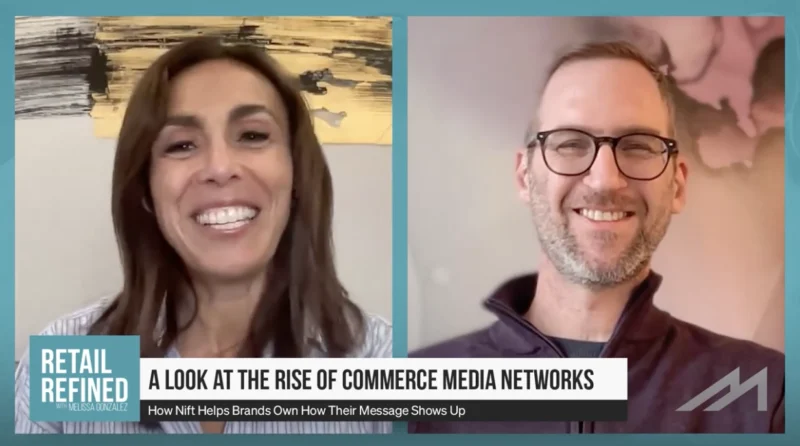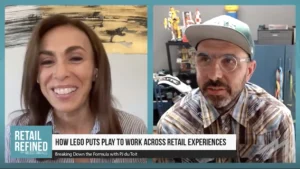What the Toilet Paper Shortage Revealed About the Realities of Manufacturing
This year has proven to be remarkable in many ways. March 2020 was memorable in how it gave the world a glimpse into the workings of the supply chain. As the coronavirus began spreading and taking hold in the U.S., consumers flocked to their favorite big-box retailers and grocery stores to stock up on food and necessities. That led to the much-talked-about toilet paper shortage of 2020. Yes, there were empty shelves. But as any maker of consumer packaged goods (CPG) knows, it wasn’t a true shortage. Year after year, toilet paper sales have fallen into some easy-to-predict buying patterns that hadn’t changed much, and it was not anticipated that 2020 would be any different. When toilet paper sales surged to 71% higher year-over-year from March 1 to May 2, 2020, according to Nielsen, it created an unprecedented situation.
Truly, it was a shock to the system. Without a doubt, consumers found this frustrating (and understandably so), but to watchers of business trends, the shortage brought to light just how efficiently our supply chain system works, as it moves consumer packaged goods from a manufacturing facility to market. As you well know, there are no stockpiles of toilet paper waiting in the warehouse, just in case people might want to buy more. Inventory costs money. Once the roll comes off the manufacturing line, it stays moving until it hits the retail shelves. This super-lean system throws up a multitude of challenges to makers of consumer packaged goods. Not only are CPG manufacturers constantly looking for solutions to make their line more efficient, they’re also meeting the ever-evolving standards of retailers. Retailers are also looking for ways to boost efficiency, and sometimes, that has ramifications for the CPG manufacturers. In light of the TP situation, let’s take a look at a few.
Just-in-time inventory
Just-in-time (JIT) inventory is a concept that applies to retailers and manufacturers. Though their approaches may differ, the shared goal is minimizing storage to reduce costs of inventory. Just keep it flowing. What this means is retailers are stocking just enough product to meet forecasted demands, and on the manufacturing side, CPG makers are keeping just enough raw materials on hand to meet the immediate needs of production. If your CPG manufacturing line isn’t optimized, a retailer’s JIT inventory system can create a new set of inefficiencies to solve, and here’s how … When retailers pursue JIT inventory, an Achilles heel can quickly emerge on the manufacturing side in the form of changeovers. Prior to JIT inventory, CPG manufacturers could juggle a multitude of products by maximizing the volume of each run, so a production week would have as few line-stopping changeovers as possible.
When retailers were willing to accommodate a bit of extra inventory, this gave manufacturers a workaround with time-wasting changeovers. With JIT inventory systems, retailers are focusing more on leaner shipments so they’re receiving only the volume of product that meets the current, forecasted needs. This puts the responsibility on the manufacturer to adapt. One solution is to find space to store excess product until the retailer wants it. When faced with the expenses of land, facilities and labor, finding a solution to make changeovers work emerges as the better long-term solution. Another second solution for CPG manufacturers is turning to innovations and upgrades to manufacturing equipment. The result is faster changeovers, machines with more intuitive controls and fewer touchpoints resulting in fewer parts that can break.
Shelf-ready packaging
In the ongoing competition for the pocketbook of the American consumer, another cost-saving solution retailers are using is shelf-ready packaging. This solution is all about optimizing either the packaging, or how it is packed, with the aim of reducing the labor needed to get products on the shelf. Shelf-ready packaging can mean positioning products on containers so they can be easily stacked in aisle pallets at warehouse supermarkets, or it can mean easy open cases that are ready to stack on the shelf. When different segments of the market — grocery, warehouse and convenience stores — each have their own requirements for shelf-ready packaging, it adds a new dimension to your changeovers. Not only are you working with retailer-specific packaging, you’re also working with retailer-specific secondary packaging.
Fragmented market
No two retailers have the same needs when it comes to sizes and types of products they want to sell. When it comes to bottled drinks, convenience stores, dollar stores and warehouses each have their own specifications for sizes, packaging and flavors for the CPG makers who want a piece of the shelving territory. As these realities of working with retailers illustrate, optimizing your manufacturing line is a complex process. When you can meet their needs, it will keep your products stocked on the shelf. Ready to optimize your production line with secondary packaging machines that support your team’s ability to keep things running?
Get in touch with a Douglas team member now to learn more about how our line of innovative secondary packaging solutions can be completely customized to your unique needs.
—
For the latest news, videos, and podcasts in the Retail Industry, be sure to subscribe to our industry publication.
Follow us on social media for the latest updates in B2B!
Twitter – @MarketScale
Facebook – facebook.com/marketscale
LinkedIn – linkedin.com/company/marketscale









